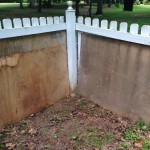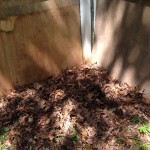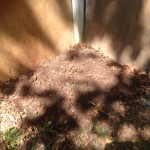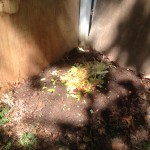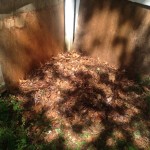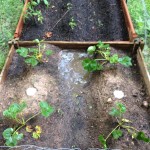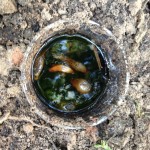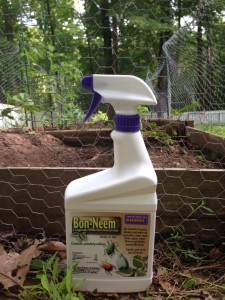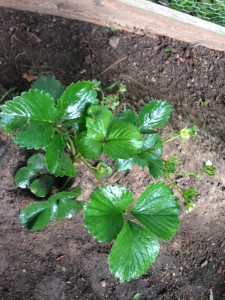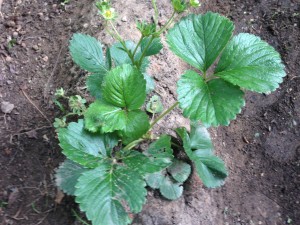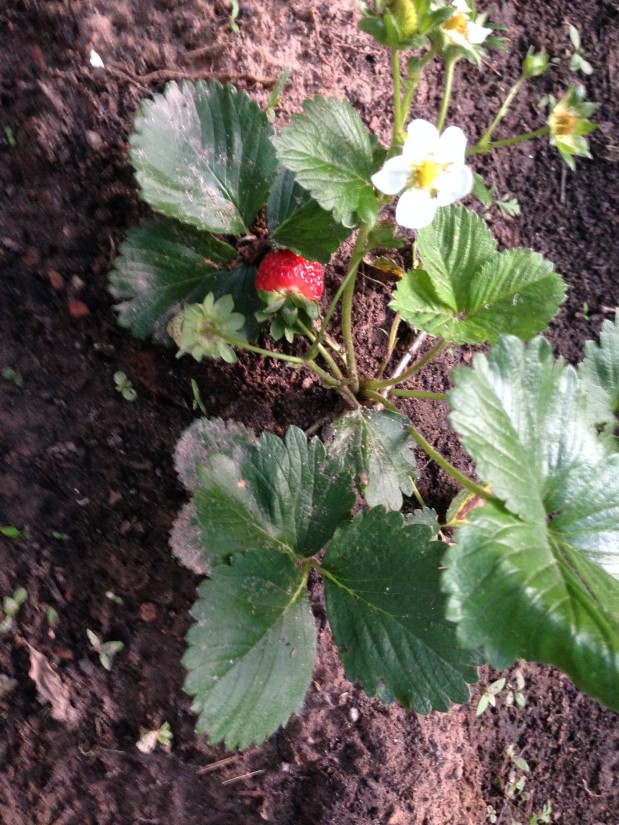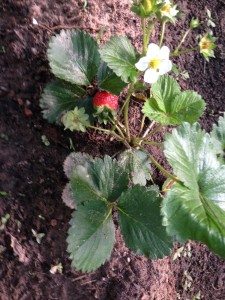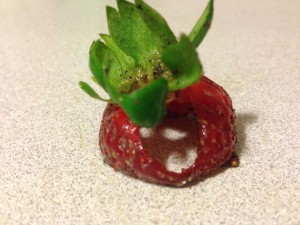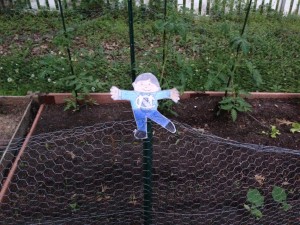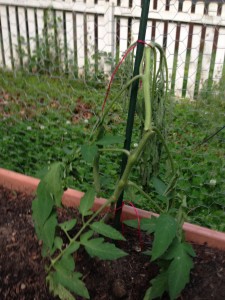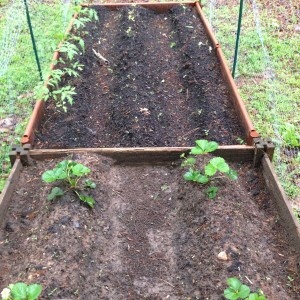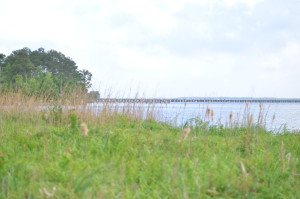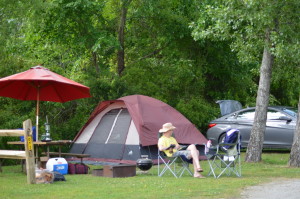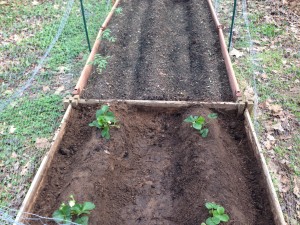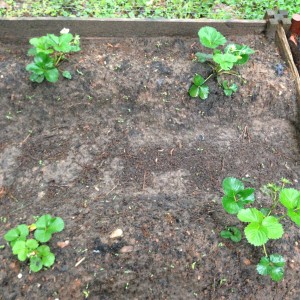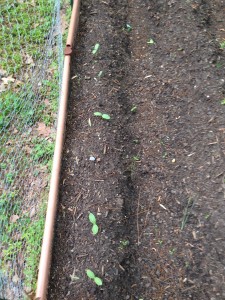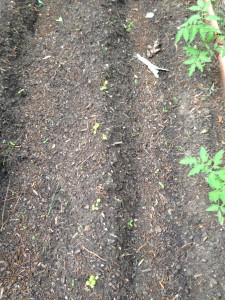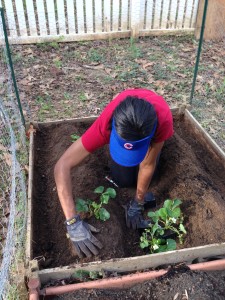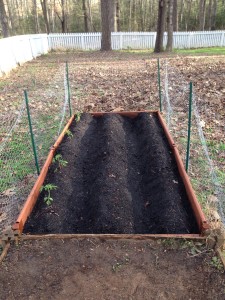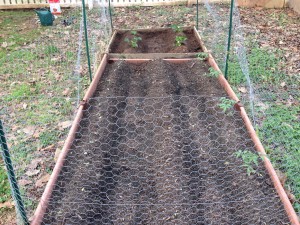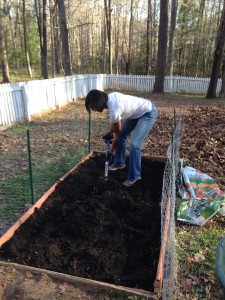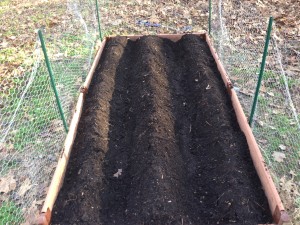Starting a compost pile isn’t very difficult. There are tons of resources online on how to start one. I found Rodale’s Garden Life very helpful. Here is how to build a compost pile in just six easy steps.
1. Select a location- The location should be somewhere convenient and close to the garden. You don’t want to have to go really far to add your scraps to the pile or have move compost a long way when it’s ready to use. I chose the corner of the yard closest to the garden.
2. Start with a layer of organic materials- This could be leaves, grass clippings, straw, etc. Good thing we were too lazy to remove our leaves from the yard last fall, the decomposed leaves were the basis for my first layer.
3. Add a layer of soil- I added a layer of soil on top of the decomposing leaves. I used soil from the front yard in what will eventually be our drainage ditch. So I didn’t have to buy soil or pull it from somewhere it was needed.
4. Add a layer of green materials- Starting a compost pile is like making a lasagna. You keep adding layers. The next layer should be green materials like kitchen scraps. We’d been saving ours for awhile so we had a good mix of fruits and vegetables.
5. Add a layer of organic materials- This was the final layer. I added some more leaves to the top and voila, compost pile done!
6. Moisten- The final step was to wet the entire pile. The pile needs to be moist, but not wet so it can do its thing and break down the food scraps.
So there it is! A compost pile in six easy steps. In a couple months time, I should have extremely rich soil to use in the garden.

